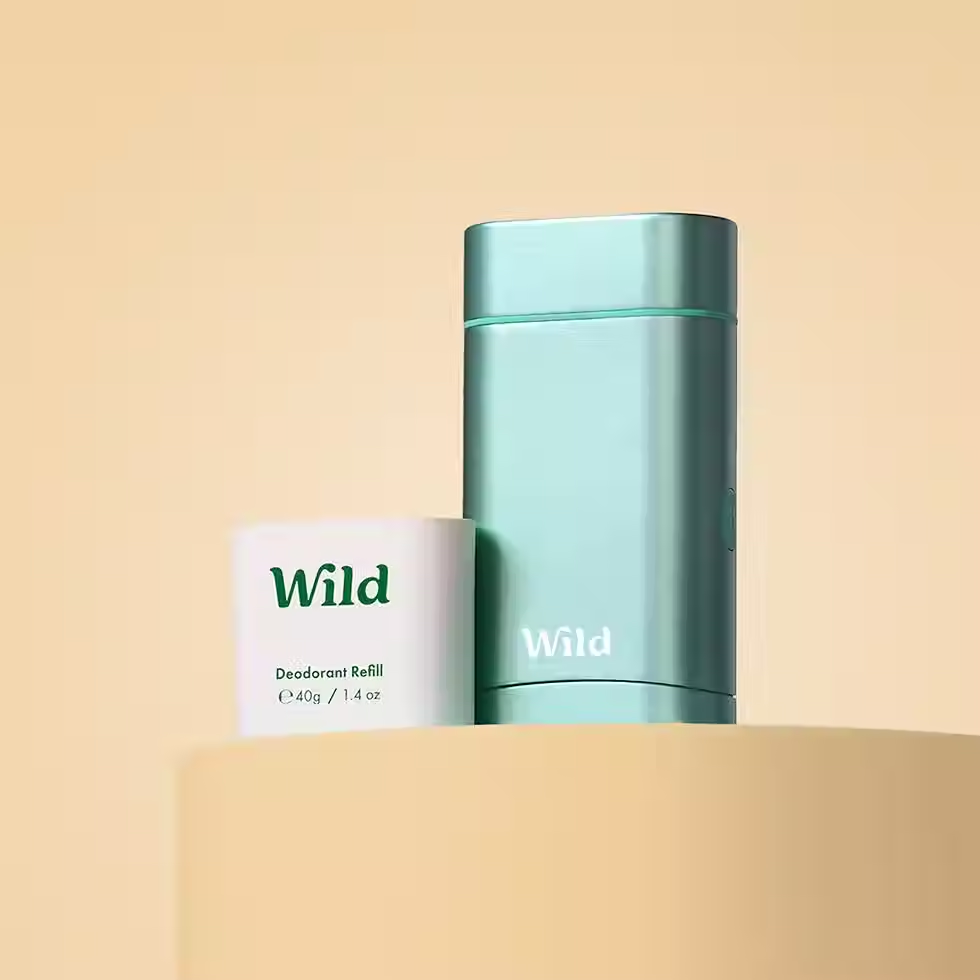Kleem Organics
brand rating & evaluation
overall rating:
Conscious
Our ratings are based on a scale from 1 (Avoid) to 5 (Top Choice). See How We Rate
The Shifting Gaia rating evaluates brands based on sustainable practices, ingredients and materials, and social responsibility, among others. Below are a few factors influencing this brand's score:
certifications:
learn more about these certifications*
overview
sustainability
non-toxic
social responsibility
6 out of 10
10 out of 10
6 out of 10
about
Kleem Organics is a skincare brand that formulates clean, science-backed products with mostly plant-based ingredients.
highlights
coming soon!
sustainability

score:
6 out of 10
details:
Packaging
Kleem Organics uses entirely recyclable plastic for products with “PCR inclusion” in the material. It’s not clear what this means and to what extent they actually include PCR plastics. Boxes are recyclable but not compostable and printing is done with “eco-friendly inks,” however the brand does not say specifically what these eco-friendly inks are and they are not verified by any third party. There is still a heavy reliance on plastic in packaging.
Material Sustainability
Kleem Organics claims to source all ingredients sustainably and ethically, however there are a number of ingredients common in their formulations that are not sustainably sourced. Wild geranium harvesting is unsustainable. Wild herb crafting without careful regulation depletes native plant species and damages ecosystems. Geranium is best harvested from small scale farming systems that prioritize soil health and don’t overharvest in monocrop systems. The same is true for witch hazel, which is best cultivated in sustainable systems and not harvested from the wild.
Still, the majority of ingredients used are more sustainable than many common to the beauty industry. There is a clear choice to use jojoba and other sustainable oils over palm oil, for example. The ingredient lists are readily available to consumers, even if sourcing practices could be clearer.
Energy Use and Footprint
Kleem Organics says they source their ingredients from farms powered by solar and wind energy, though it is not clear to what extent this is done and these claims are not verified by any third parties for additional clarity. They also claim that planting and harvesting is done manually to reduce CO2 emissions. There is no information about manufacturing or product production and how energy use or carbon footprint are minimized past ingredient sourcing.
Waste Management
There is limited to no public information regarding waste management in production.
Business Model
The brand’s business model clearly prioritizes slow, intentional consumption. They avoid trend-driven, seasonal, or limited-edition products. Their inventory consists of a well-curated evergreen collection with minimal product churn.
non-toxic

score:
10 out of 10
details:
Kleem Organics’ formulations are free of parabens, propylene glycol, sodium lauryl sulfates, harmful colorants and fragrances, mineral oils, petroleum, and most other harsh cosmetic chemicals. The synthetic ingredients mostly carry negligible risk, with the inclusion of a few exceptions that are minimally toxic but could still pose minor risk to those with especially sensitive skin. Many of Kleem Organics’ products are EWG verified.
social responsibility

score:
6 out of 10
details:
Kleem Organics supports a number of initiatives through products donatations and has set a goal to achieve net zero by 2040. They are certified cruelty-free by PETA.
There is no information regarding fair labor practices by the brand. Ingredients are sourced from countries with strong labor laws and protections, which insinuates a high standard for fair labor on that side of the supply chain, but details are lacking regarding the production and manufacturing of the products themselves.












